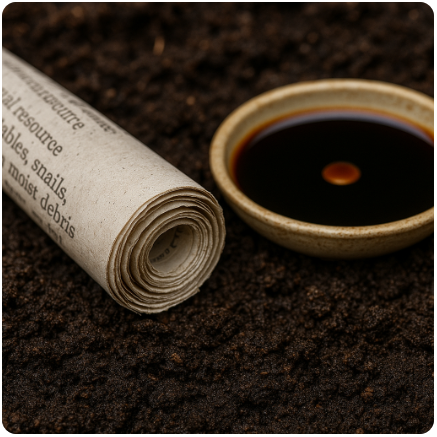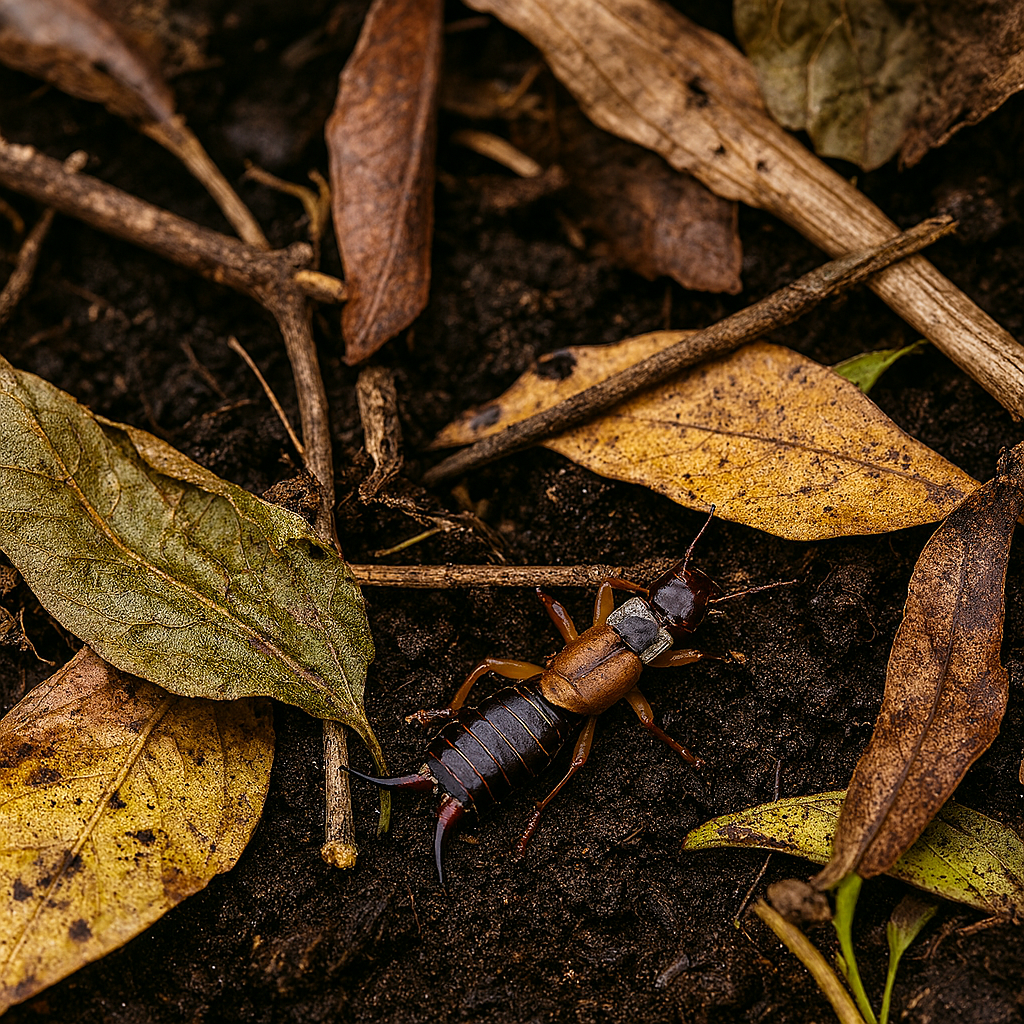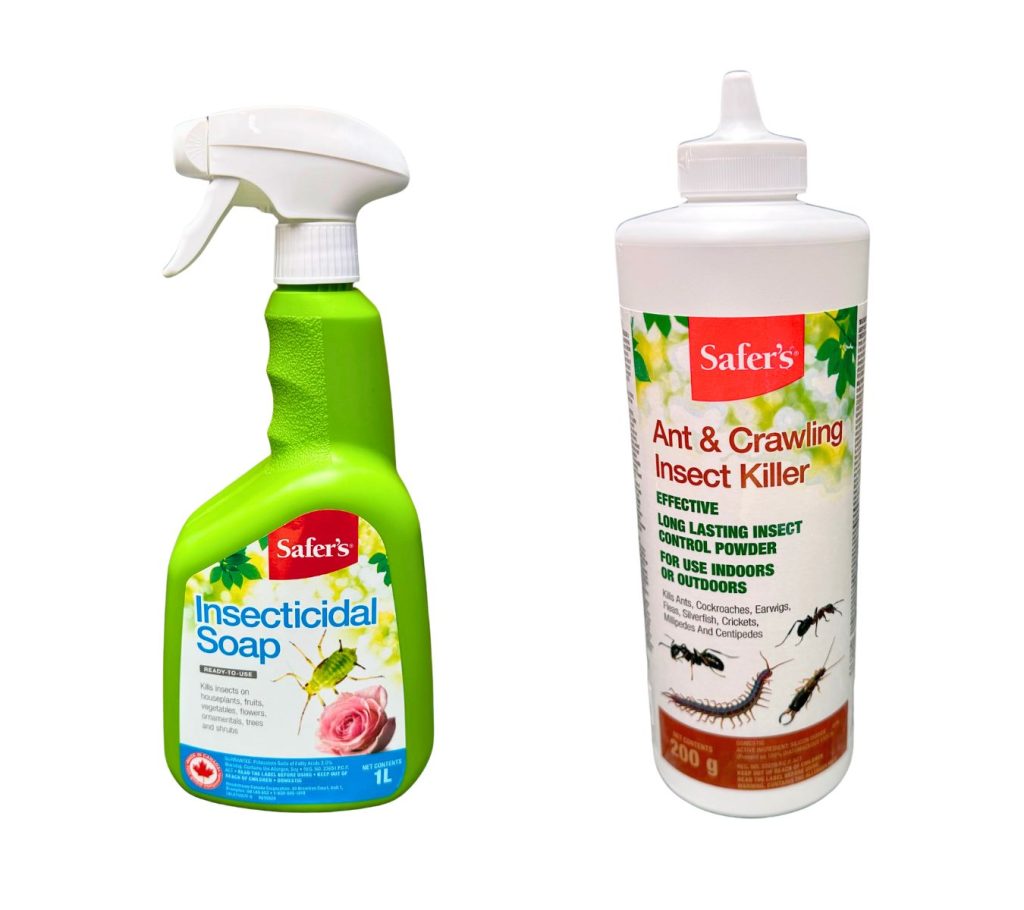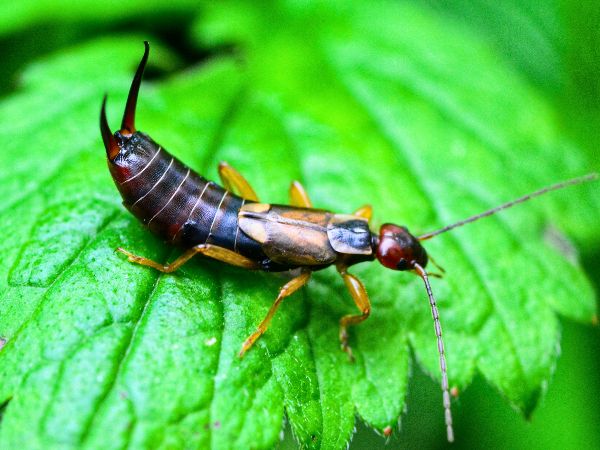
Earwigs in the Garden
Pests or Partners?
While earwigs might send a shiver down your spine with their pincers and quick movements, these nighttime crawlers aren’t always bad news. In fact, they play a complex role in the garden—sometimes helpful, sometimes harmful. Here’s what you need to know to identify, manage, and live peacefully (or not!) with earwigs in your garden.
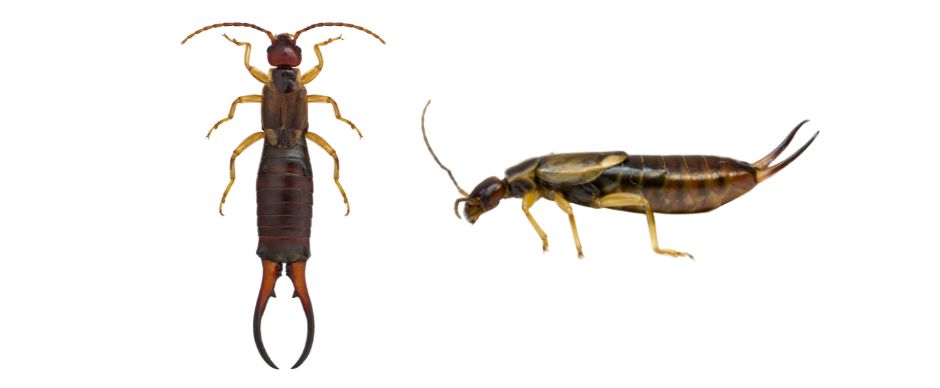
Signs of Earwig Damage
Earwigs are nocturnal feeders, so catching them in the act is rare. But their damage is distinctive:
- Ragged holes in leaves, especially along the edges.
- Chewed flower petals, buds, and young shoots.
- Damage typically appears overnight, with fresh bites seen in the morning.
- Seedlings and tender new growth are often the most affected.
Because they hide during the day, you may also spot them curled up in damp, dark spaces—under mulch, flower pots, garden debris, or even inside corn husks.
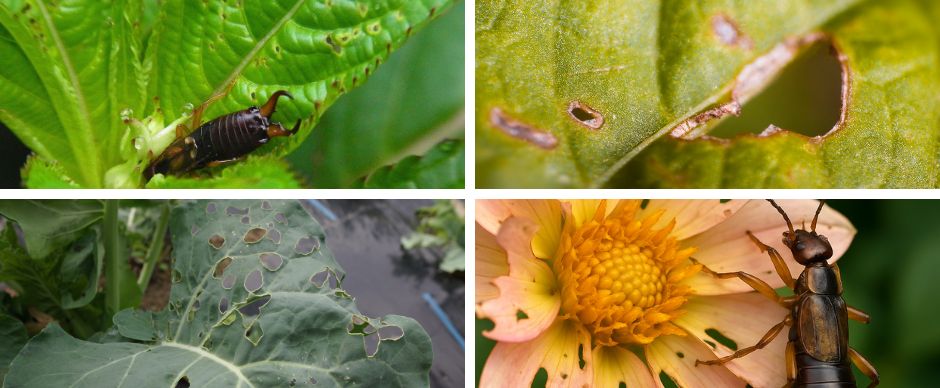
Plants Earwigs Love
Earwigs are not picky eaters, but they do have their favourites. They’re especially fond of:
- Dahlias
- Roses
- Zinnias
- Marigolds
- Sunflowers
- Hostas
- Strawberries
- Herbs (especially basil)
- Corn (especially silk and husks)
- Seedlings of many vegetables and annuals
While they can munch on a variety of plants, their presence doesn’t always warrant panic. In moderate numbers, they can help control aphids, slugs, and other soft-bodied insects.
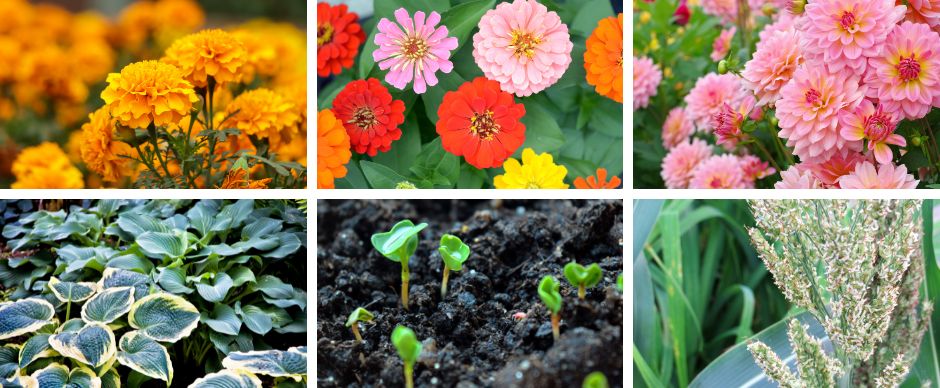
5 Effective Ways to Control Earwigs in the Garden
If earwigs are doing more harm than good, it’s time to take action. Here are five smart, gardener-approved ways to reduce their numbers and protect your plants—without resorting to harsh chemicals.
1. Let the Soil Dry Out
Earwigs love moist, dark hiding spots—especially under mulch. Temporarily remove mulch or heavy groundcover from around affected areas to allow the soil to dry. This discourages earwigs (and other pests like slugs and snails) from sticking around.
Once the problem is under control, you can reapply mulch, preferably in a thinner layer or with mulch types that dry quickly, like cedar bark or pine needles.
2. Set Homemade Traps
Take advantage of their nocturnal habits by setting traps overnight:
- Roll up damp newspaper or cardboard and lay it near vulnerable plants. In the morning, shake out the earwigs into a bucket of soapy water.
- Or place shallow dishes filled with soy sauce and a drop of oil (or just vegetable oil) in the garden. The scent attracts them, and the oil traps them.
Repeat daily for best results.
3. Block Them with Barriers
Stop earwigs from crawling up into plants by using:
- Sticky barriers like Tanglefoot or even petroleum jelly at the base of stems or trunks.
- Copper tape around pots or raised beds.
- Diatomaceous earth, a natural powder that cuts and dehydrates soft-bodied insects—sprinkle around plant bases and reapply after rain.
These options are safe, effective, and great for organic gardeners.
4. Tidy Up and Remove Hiding Spots
Reducing daytime shelters can help manage populations:
- Clear out leaf litter, plant debris, and stacked pots.
- Keep dense mulch or damp materials away from plant bases.
- Store firewood and garden tools off the ground or in dry, sheltered areas.
A cleaner garden means fewer places for earwigs to hide and reproduce.
5. Use Natural or Spot Treatments (Only if Necessary)
In cases of heavy infestation:
- Try insecticidal soap, especially on plants like dahlias, zinnias, and hostas.
- Apply treatments in the evening, when earwigs are most active.
- Avoid using harsh pesticides, which can be harmful to beneficial insects and pollinators—and are not approved in Canada.
Are Earwigs Dangerous?
Despite their intimidating pincers, earwigs pose no threat to humans. Their pinch may surprise you but rarely breaks the skin, and they don’t transmit diseases. Their biggest threat? A frustrated gardener discovering damaged dahlias!
Earwigs are one of those creatures that blur the line between pest and ally. Keeping their numbers under control is key—aim for balance, not eradication. With a few smart strategies, you can protect your prized plants while still letting nature do its thing.
